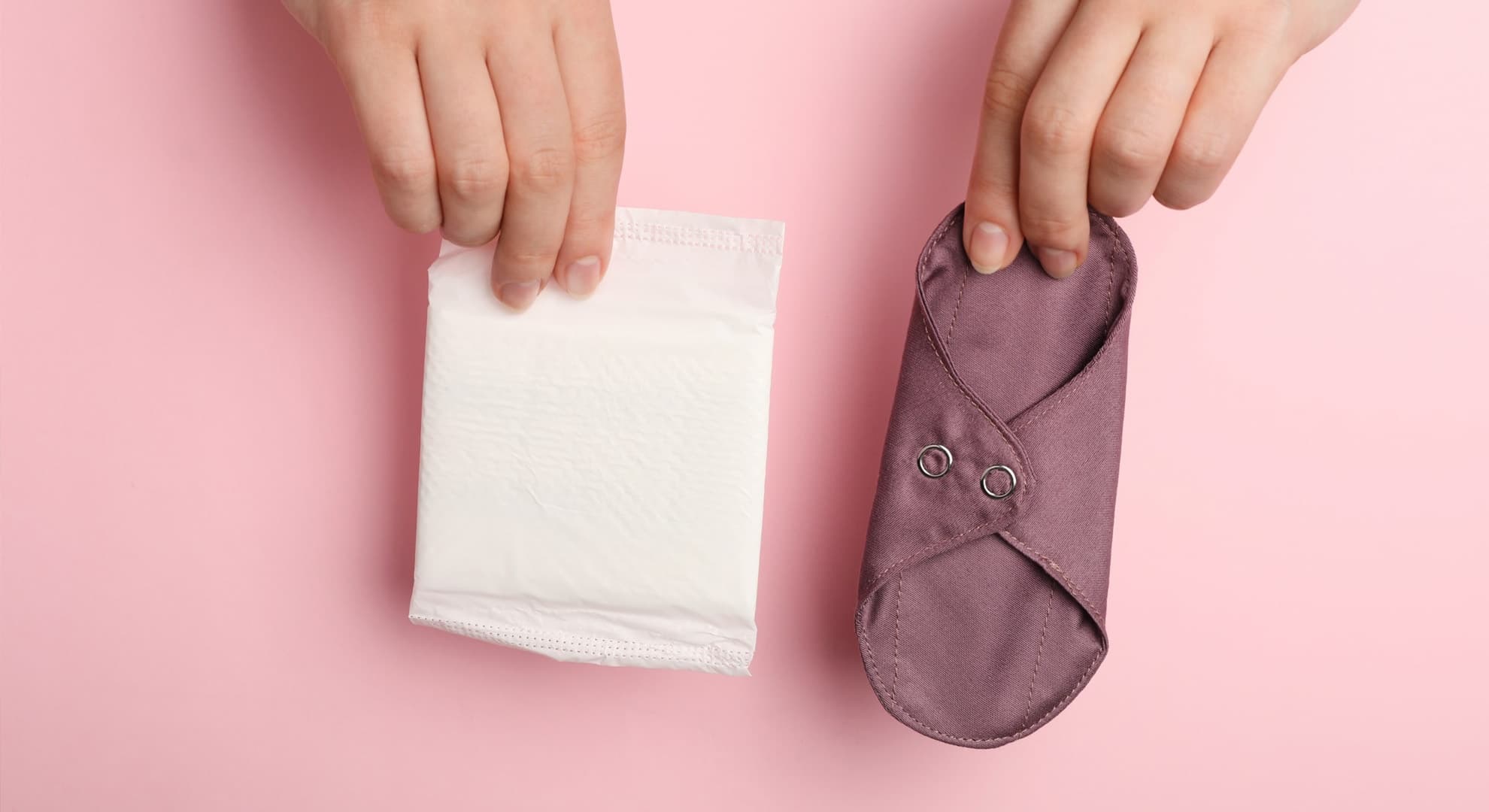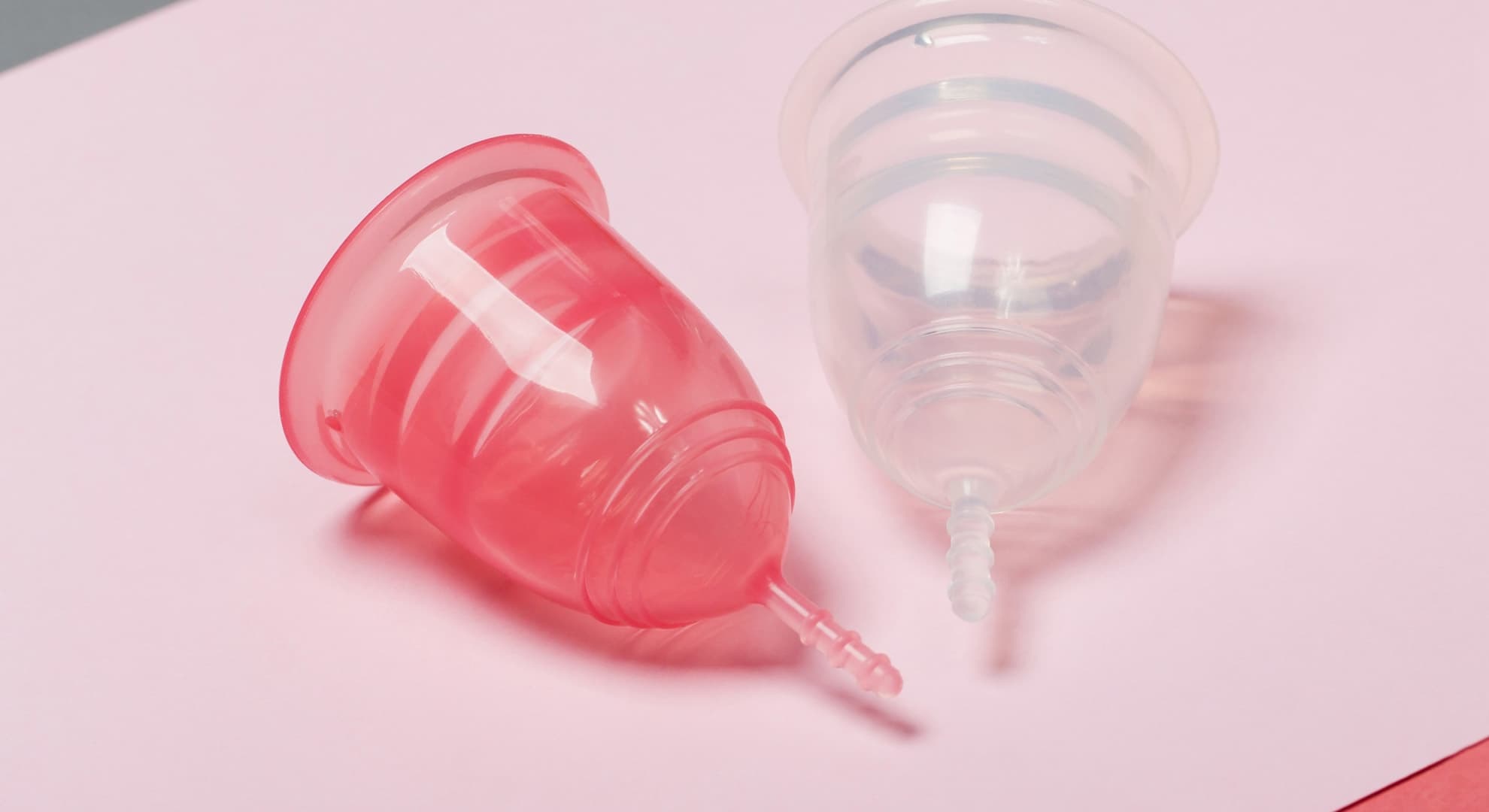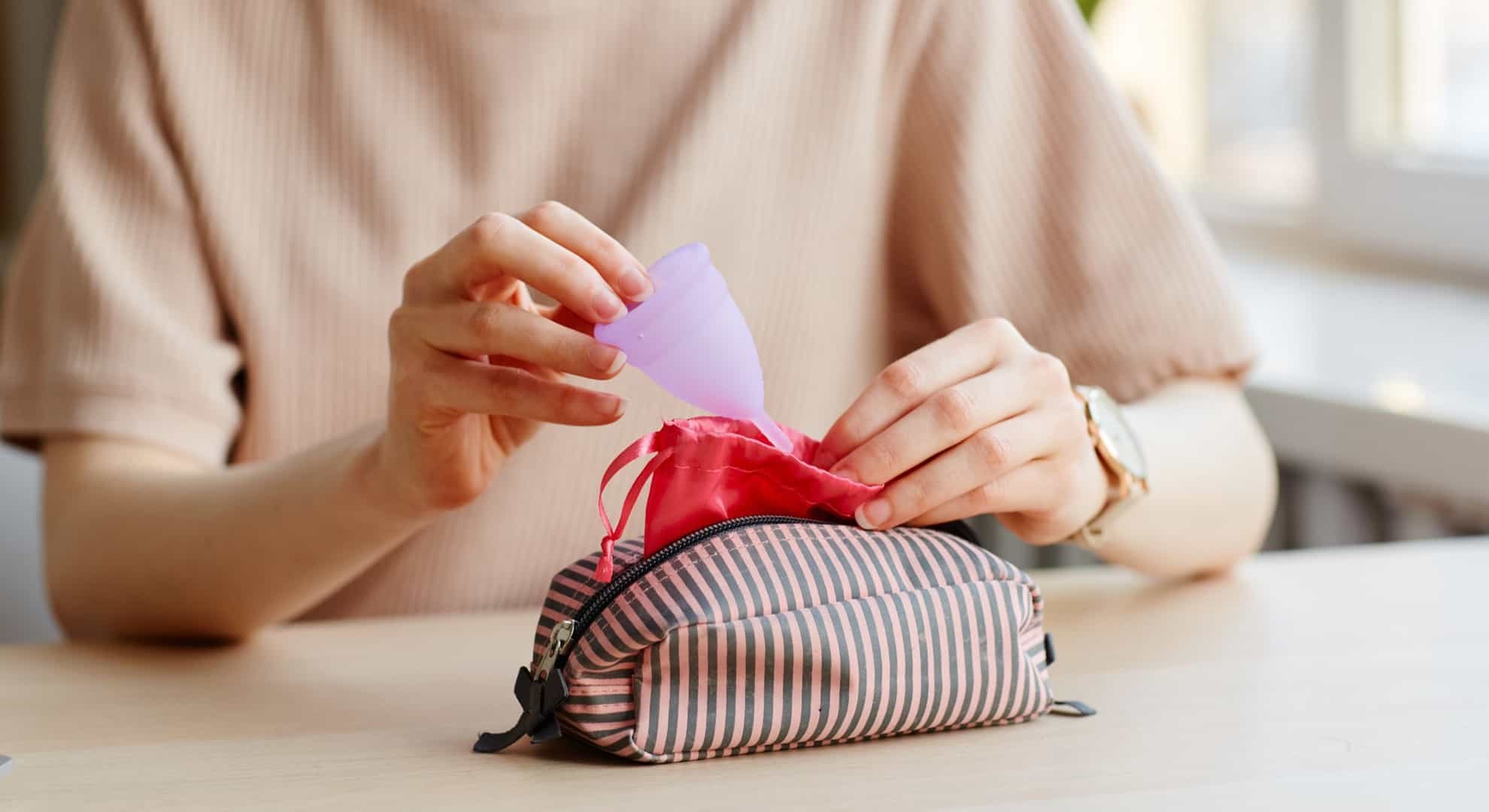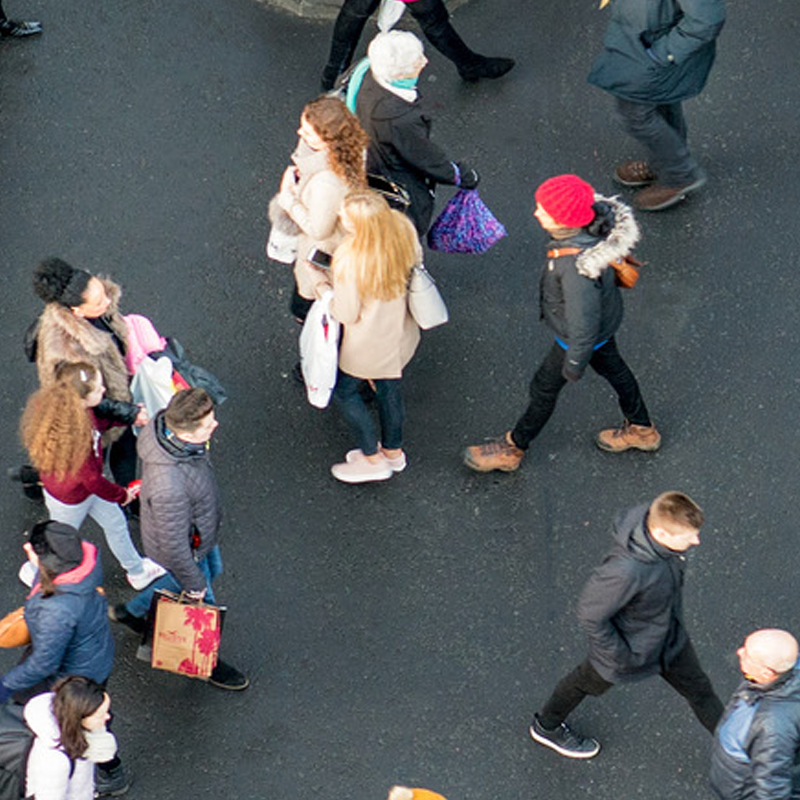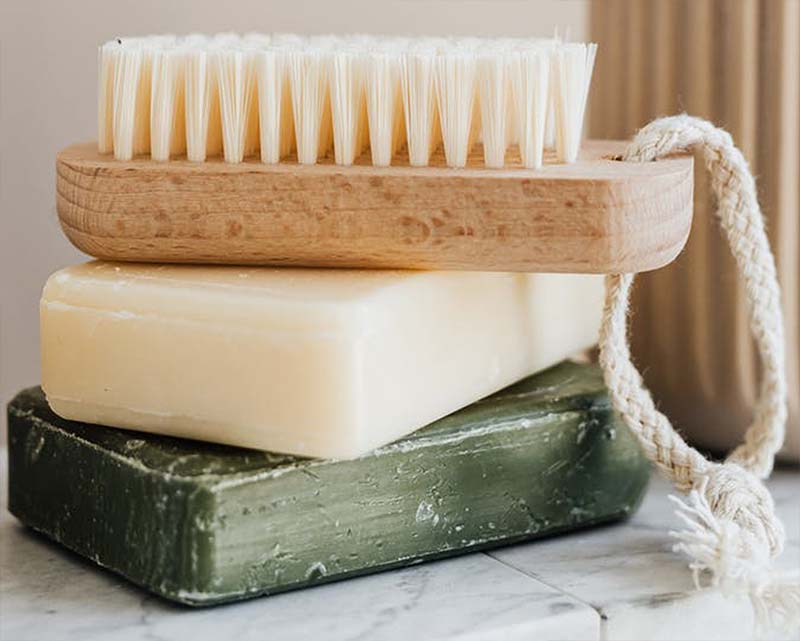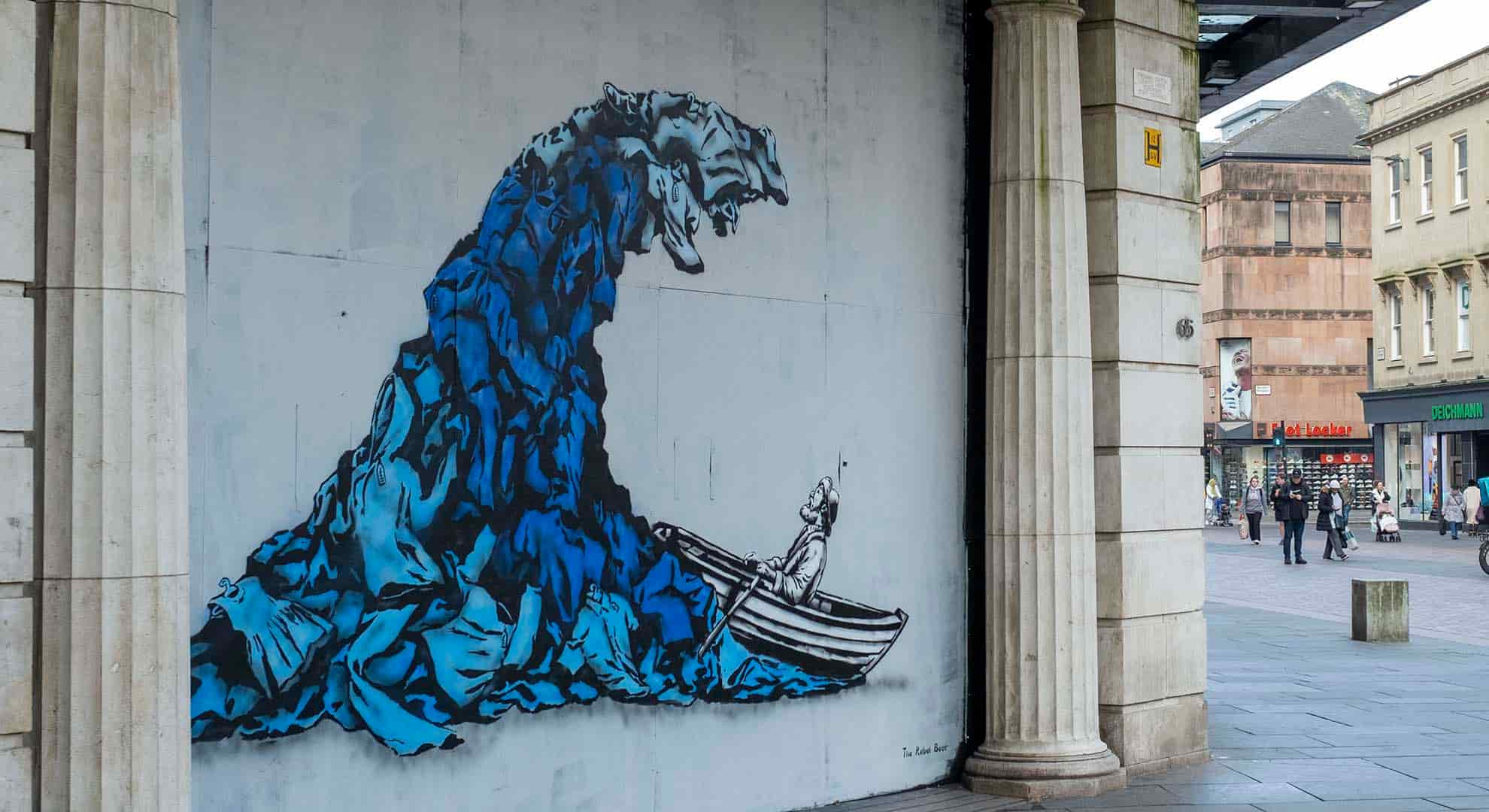
How do our clothes impact the climate crisis?
When it comes to household waste in Scotland, clothing and textiles are even worse for the climate crisis than plastic. Yet 61% of people in Scotland think that it’s plastic
Clothing is the most environmentally damaging type of household waste, accounting for nearly a third (32%) of the carbon impacts of Scotland’s household waste despite making up only a small proportion, by weight (4%) of the waste we bin.
How exactly is clothing worse for the climate crisis than plastic?
Our latest research, called “The Carbon Footprint of Scotland's Household Waste”, analyses household waste data from across Scotland to estimate the total carbon emissions created from what we buy and throw away. This includes all the emissions resulting from extracting resources to make products, through the manufacturing process, to transporting and packaging goods and materials, and finally disposing of them.
When using this method to estimate carbon emissions of different types of waste, textiles and clothing waste creates more than double the amount of carbon emissions than plastic.
What are the top five worst types of household waste for the climate crisis in Scotland?
When considering the total carbon impacts of our household waste, the worst kinds of waste are:
- Textiles (mostly clothing)
- Food waste (including leftovers and produce which goes off before being used)
- Plastic (mostly packaging)
- Metal (mostly packaging like tins)
- Cardboard and paper (mostly packaging)
Why are clothing and textiles the worst type of household waste for the climate crisis?
Producing and supplying clothing involves several carbon intensive stages - from growing fibres like cotton and manufacturing material into clothes, to packaging and transporting clothing around the world for sale - which each create vast amounts of the harmful carbon emissions behind the climate crisis.
When we bin any item of clothing, it’s a total waste of all those resources.
Clothing laid Bear
The amount of clothing people in Scotland bin from their homes, including recycling, makes up around 4% of the nation’s household waste by weight.
That might not seem like much but all that clothing, and other household textiles like curtains and bedding, causes around a third (32%) of our household waste carbon emissions. And that is a big problem.
Zero Waste Scotland has teamed up with street artist, The Rebel Bear, to highlight the issue by creating new works that ‘reuse’ other world-famous art at locations in Dundee and Glasgow.
What can you do?
The best way to help end the climate crisis is to waste less by making the most of what you already have. Here’s how...
Reduce: if you don’t need it, don’t buy it. Look after what you buy, try borrowing or hiring
Reuse: buy second-hand and pass on clothes you don’t wear by selling, sharing or donating.
Repair: if it has a hole or a tear, mend it so you can keep wearing it.
Remake: if it’s beyond repair, try making it last by turning it into something else
Recycle: finally, if it can’t be reused, repaired or remade, recycle it.


